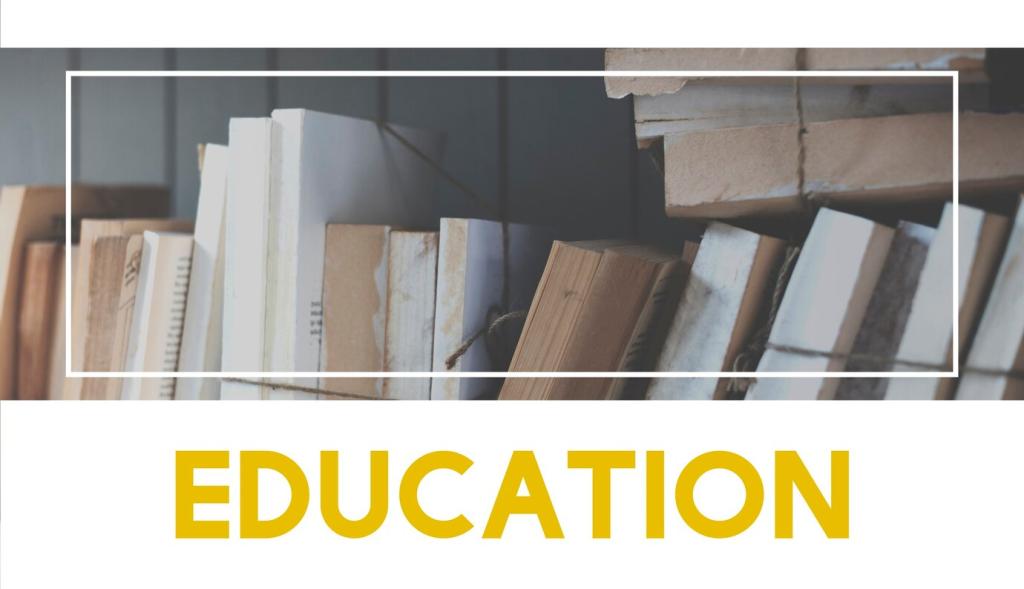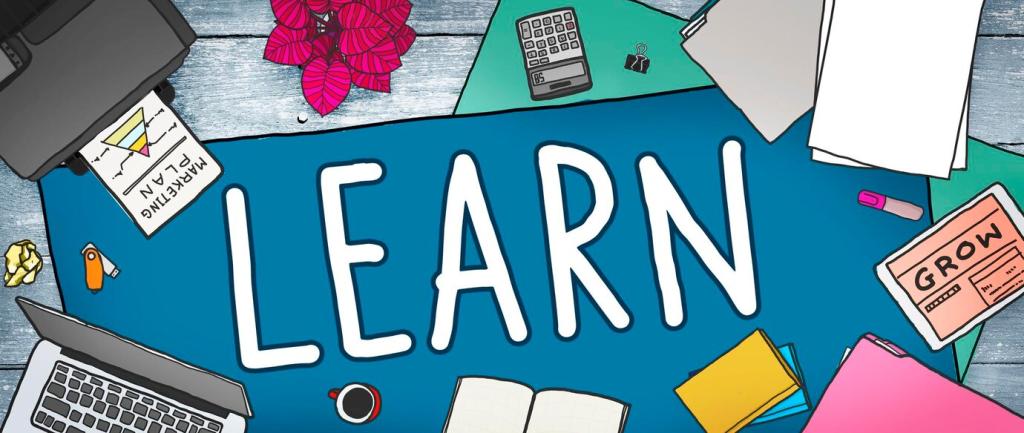Design Principles that Power Play
Points, badges, and leaderboards only work when they support autonomy, competence, and relatedness. Ground your mechanics in clear learning objectives, meaningful choices, and visible progress. When students feel ownership over goals, rewards amplify curiosity instead of overshadowing understanding.
Design Principles that Power Play
Use progressive disclosure, microinteractions, and gentle difficulty curves to keep learners in flow. Break complex tasks into bite-size quests, celebrate tiny wins, and reduce cognitive load with predictable layouts. Small moments of clarity accumulate into confidence, and confidence invites persistence.








